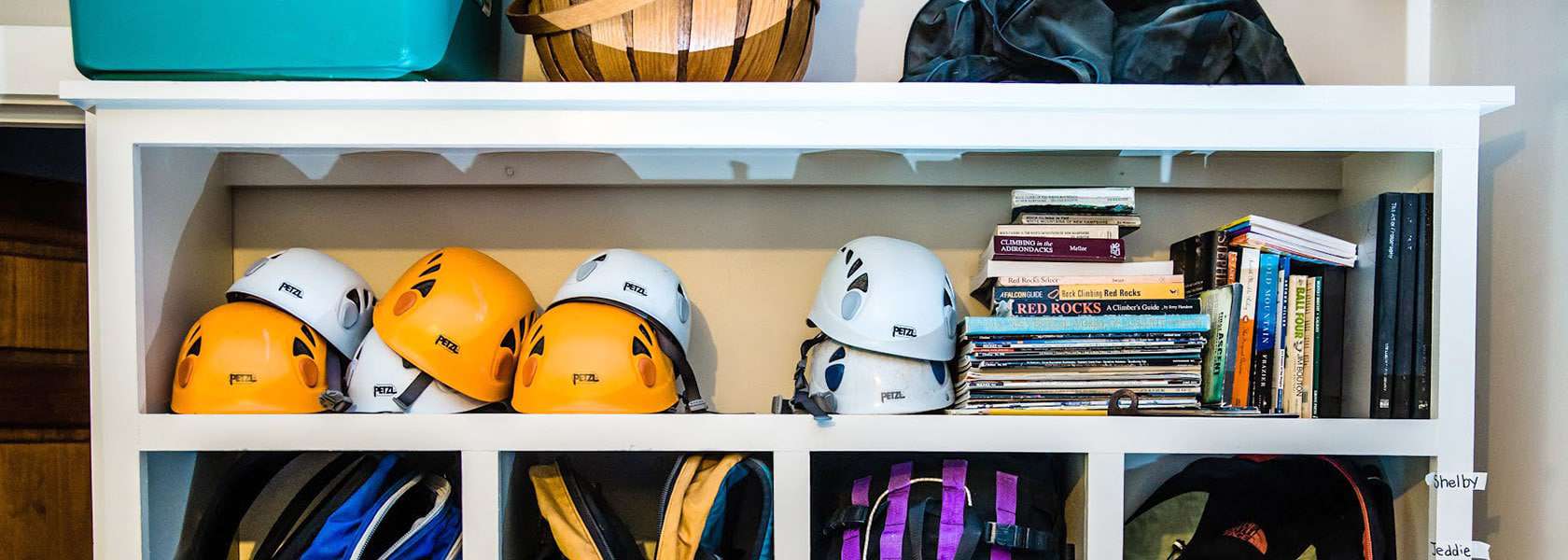
The Climbing Program
The Kismet scholarship provides intensive instruction to students for four summers, one week per summer. During this time we accomplish the following goals:
- Transform our students into climbers.
- Offer students a thorough education in the basic technical aspects of climbing including, but not limited to, knots, belaying, communication, anchor transitions on multi-pitch climbs, removal of gear, rappelling, assessing and setting up top ropes using trees and bolts as anchors, and functioning safely at the top of cliffs.
- Offer our students a thorough education in the “soft skills” of climbing including, but not limited to, climbing technique, communication, interpersonal responsibility, and awareness of and responsibility to the natural environment.
The pace and scope of all Kismet courses are designed to honor the strengths and limitations of every student.
The teacher to student ratio of all courses is at least 1 to 4. All Kismet instructors are fine mentors and have a mastery of the course content. They thoroughly understand that good teaching depends on detailed organization that adapts easily and willingly to each student’s needs.
Kismet rock climbing courses are intensive. Outlined in a 20-page curriculum, they provide a broad and thorough understanding of basic technical rock climbing systems. In addition, coursework helps prepare students to assess the competence and safety of future climbing mentors and partners.
Kismet’s climbing curriculum is intense and thorough. During the four years that our students are with us the curriculum progresses from bottom-of-cliff skills to top-of-cliff skills. Emphasis on multi-pitch climbing increases and students’ climbing skills improve greatly. The following areas of expertise are covered in depth during the first year of the Kismet program.
1st Year General Overview
- Attitudes and relationship to partners and other parties
- Knots and hitches
- Care and use of basic gear including harnesses, carabiners, belay devices etc.
- Base-of- climb anchor point choice and assessment
- Belaying
- Cordalette/sling equalization
- Opposed and reversed carabiners
- Rappelling
- Basic climbing technique
- Basics of multi-pitch climbing systems and communication
- Rating systems
- Make certain that our students have fun
- Attitudes toward the natural environment
- Precise communication
- Rope management
- How to pack and what to carry

